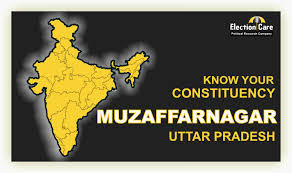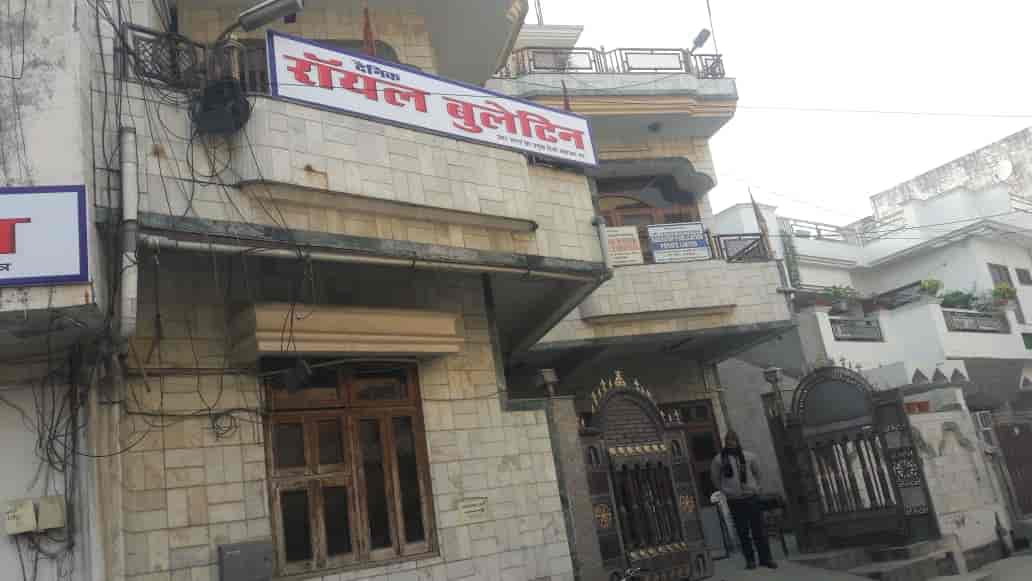muzaffarnagar uttar pradesh in the western part of Uttar Pradesh, is a city that seamlessly blends its ancient history with modern-day advancements. Known for its agriculture, culture, and strategic location, Muzaffarnagar plays a vital role in the state’s development. This article dives into the city’s rich past, its cultural heritage, and its importance in the economy of Uttar Pradesh.
Introduction to Muzaffarnagar Uttar Pradesh
Muzaffarnagar is one of the major cities in Uttar Pradesh, well-connected by road and rail. It is often recognized as an important hub for both agriculture and industrial activity. It lies about 130 kilometers from Delhi, making it easily accessible for trade and travel.
In addition to its proximity to the national capital, the city’s strategic location has made it an essential part of the economic landscape in Uttar Pradesh.
Historical Significance of Muzaffarnagar
Muzaffarnagar has a fascinating history that dates back to ancient times. The city is named after its founder, Muzaffar Khan, a Mughal general who established the city in the 17th century. Over the years, it has witnessed the rise and fall of several empires, including the Mughals and the British.
During British colonial rule, Muzaffarnagar emerged as a center of trade and agriculture. Its historical landmarks, including old forts and buildings, still stand as a testament to its vibrant past.
Cultural Heritage of Muzaffarnagar
Muzaffarnagar is a city that is rich in culture and traditions. The city is known for its festivals, fairs, and vibrant cultural life. Some of the most notable cultural events in Muzaffarnagar include:
Religious Festivals
The city celebrates numerous religious festivals, particularly those associated with Hinduism and Islam. Festivals like Diwali, Eid, and Holi are observed with much enthusiasm and fervor, bringing the community together in celebration.
Fairs and Melas
The annual cattle fair in Muzaffarnagar is a significant event for the region. It attracts visitors from nearby towns and villages. These fairs offer a glimpse into the region’s rural life and are an important aspect of the local economy.
Muzaffarnagar’s Economic Landscape
Muzaffarnagar’s economy is primarily based on agriculture, though industrial growth has also been significant in recent years. The fertile soil and irrigation facilities in the area make it ideal for cultivating crops such as sugarcane, wheat, and rice. Additionally, the city has seen a rise in small-scale industries, including food processing and manufacturing.
Agricultural Hub
Muzaffarnagar is often called the ‘Sugar Bowl of India’ due to its extensive sugarcane production. The area is home to several sugar mills, which contribute significantly to the economy. This agricultural backbone has shaped the city’s rural and urban development.
Industrial Growth
The industrial sector in Muzaffarnagar has flourished in recent years, with the establishment of various manufacturing units. These industries not only provide employment to thousands but also contribute to the city’s GDP growth.
Educational Infrastructure in Muzaffarnagar
The city is making strides in the field of education, with numerous schools, colleges, and universities providing quality education. Institutions like the Muzaffarnagar Medical College and several engineering colleges help cater to the educational needs of the population, making it an educational hub for the region.
Transportation in Muzaffarnagar
Muzaffarnagar is well-connected by road and rail, making transportation to and from the city convenient. The city lies on the Delhi-Dehradun highway, and it has a major railway station that connects it to various parts of Uttar Pradesh and neighboring states. Additionally, the proximity to the national capital ensures that the city enjoys excellent connectivity for trade and commerce.
Challenges Faced by Muzaffarnagar
Despite its economic and cultural significance, Muzaffarnagar faces several challenges. Among the most pressing issues are communal tensions, which have occasionally led to unrest. The local government is working towards improving social harmony and ensuring the city remains peaceful for residents and visitors.
Another challenge faced by the city is infrastructure development. While Muzaffarnagar is growing rapidly, more focus is required on improving urban planning, sanitation, and transportation systems to keep up with the population’s needs.
Conclusion
muzaffarnagar uttar pradesh, is a city that has managed to maintain its cultural essence while embracing modern growth. Whether it’s the agricultural prosperity, the rich history, or the growing industrial presence, Muzaffarnagar continues to play a key role in the development of Uttar Pradesh. By addressing its challenges and focusing on sustainable growth, Muzaffarnagar has the potential to become one of the leading cities in the state in the coming decades.
Frequently Asked Questions (FAQs)
1. What is the significance of Muzaffarnagar in Uttar Pradesh?
Muzaffarnagar is a key city in Uttar Pradesh, known for its agricultural wealth, especially in sugarcane production, and its growing industrial economy.
2. How far is Muzaffarnagar from Delhi?
Muzaffarnagar is approximately 130 kilometers from Delhi, making it easily accessible by road and rail.
3. What are the major festivals celebrated in Muzaffarnagar?
Muzaffarnagar celebrates major festivals such as Diwali, Holi, and Eid, which are observed with great enthusiasm by the locals.
4. What are the main industries in Muzaffarnagar?
Muzaffarnagar’s economy is primarily based on agriculture, particularly sugarcane production, but it also has growing industries in manufacturing and food processing.
5. Is Muzaffarnagar an educational hub?
Yes, Muzaffarnagar is home to several schools, colleges, and medical institutions, making it an important educational center in the region.




